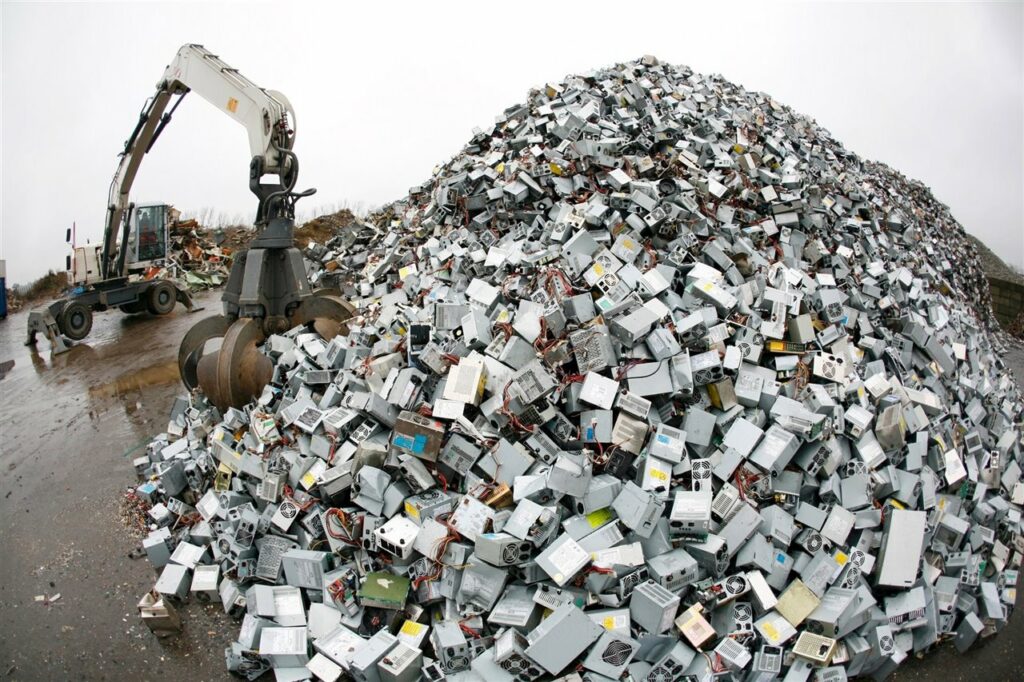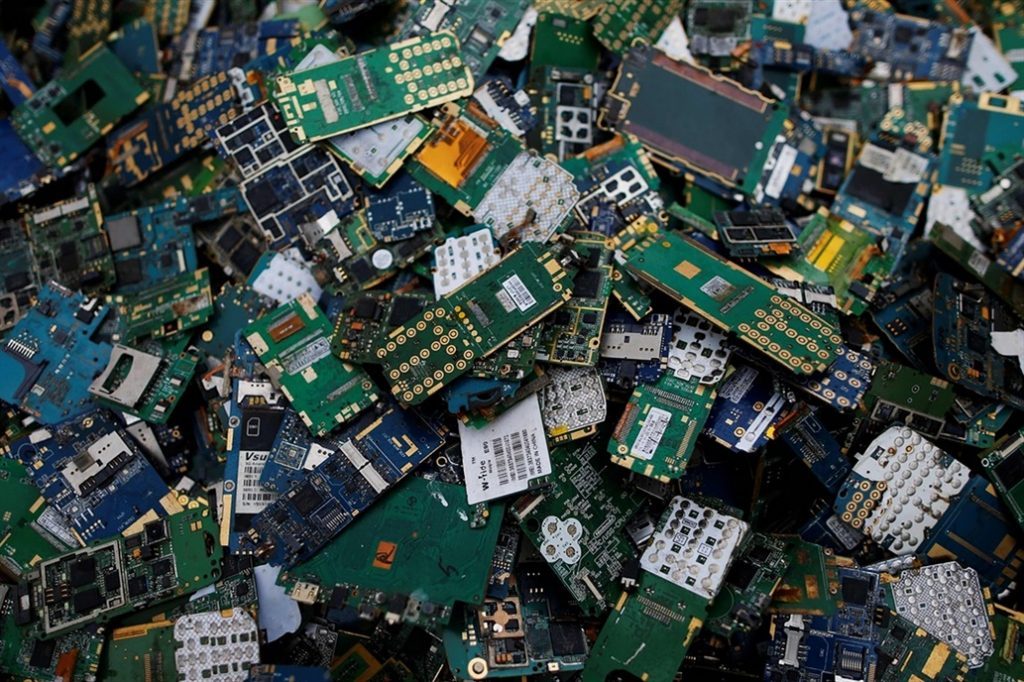While Artificial Intelligence (AI) and related advances are essential for many aspects of daily and work life, they have also begun to show a “dark side”. A recent study showed that this would also lead to an increase in electronic waste.
Researchers estimated that it could reach a total of between 1.2 and 5.0 million metric tons by 2030. This represents about 1000 times more electronic waste than was produced in 2023.
Alert, electronic waste: what the study says
The study was published in Nature Computational Science and was conducted by scientists from the Reichman University in Israel.
“We found that electronic waste generated by generative AI, particularly large language models, could increase dramatically, potentially reaching up to 2.5 million tons per year by 2030,” said Asaf Tzachor, an expert in sustainable development from the university.
“If waste reduction measures are not implemented,” clarified the report’s co-author.
Experts also offer solutions to reduce electronic waste. Strategies to extend, reuse, and recycle generative AI hardware could reduce waste by between 16 and 86%, according to their estimates.
Researchers focused on waste produced by generative AI algorithms. In other words, types of AI that generate texts, images, videos, or music from massive data sets.
What are electronic wastes?

Every time we dispose of an “outdated” or broken electronic device, it is considered electronic waste. This includes computers, smartphones, chargers, cables, electronic toys, cars, and larger server systems.
Electronic waste or e-waste accounts for 70% of the total amount of toxic waste generated worldwide each year. Only 12.5% is recycled.
“Reducing electronic waste is important because improper disposal leads to the release of hazardous materials, such as lead and mercury, which harm ecosystems and human health,” explains Gupta to DW.
On the other hand, previous research suggests that AI requires high energy needs. Estimates from the research company SemiAnalysis suggest that AI could make data centers consume 4.5% of the world’s energy production by 2030.

And, since generative AI depends on rapid improvements in hardware infrastructure and chip technologies, there are indications that it is generating more electronic waste as the hardware is upgraded or replaced.
The need for global strategies
The study estimates that the implementation of circular economy strategies could reduce electronic waste generation by 16% to 86%.
Circular economy strategies aim to minimize waste and increase the efficiency of computer hardware.
According to Tzachor, the strategy has three main objectives:
1. Extend the use of existing hardware to postpone the need for new equipment.
2. Reuse and refurbish components.
3. Extract valuable materials during hardware recycling.

